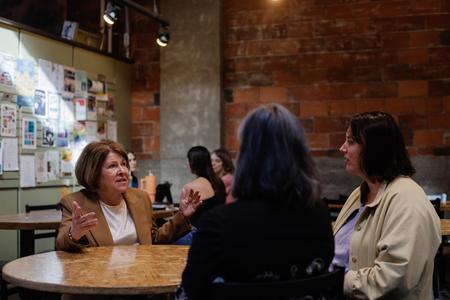Podcast | The Panama Hotel is a portal to a century of history
The Seattle landmark is best known for its connection to the incarceration of Japanese Americans during World War II — but it has more stories to tell.

The wooden lockers at the basement of the Panama Hotel were once used by, among others, Japanese immigrants who came to the hotel's bathhouse after arriving in the city. (Resti Bagcal)
The Panama Hotel in Seattle’s Chinatown-International District is best known for the role it played during the expulsion and incarceration of Japanese Americans after President Roosevelt issued Executive Order 9066.
That order resulted in more than 120,000 men, women and children on the West Coast being forcibly removed from their homes, taking with them only what they could carry. The Panama agreed to keep safe what many who were removed from Seattle couldn't take with them, and now the hotel's basement serves as a time capsule.
Subscribe to Mossback on Apple Podcasts, Spotify, Amazon, or Podbean.
Crosscut's resident historian Knute Berger told the story of this ugly period of American history in a recent episode of his Mossback's Northwest video series, but there is much more to discuss.
For this episode of the Mossback podcast, Berger and co-host Sara Bernard talk about the long history of the Panama Hotel. They discuss what made the hotel special for Japanese Americans and immigrants arriving in the city, the discrimination that came before and after Order 9066 and what Berger found when he walked among those forgotten belongings in the hotel's basement.
Before listening, we suggest you watch the Mossback's Northwest episode about the Panama Hotel here.



